How 13 Nonprofit Donors Yields a $1 Million Philanthropic Legacy
 13 happens to be my lucky number. I want it to be lucky for you too.
13 happens to be my lucky number. I want it to be lucky for you too.
Today, I’m going to reveal to you how you can make this happen.
A recent survey of wills reported on by the Chronicle of Philanthropy reveals the average bequest by everyday donors is $78,630.
Some people will leave less; some people will leave more. What this survey reveals, however, is you only need 12 to 13 donors making a provision for your organization in their will to reap $1 million.
If a major gift for your organization is $1000 (or even 5000 or 10,000), I imagine this sounds off the charts to you. Guess what?
Legacy giving is off the charts!
In fact, bequest marketing produces the highest ROI (return on investment) of any fundraising activity.
The first step to making this happen for your organization is to encourage bequests. Actively.
Promote Charitable Bequests, or Else
If you don’t actively encourage charitable bequests, people are unlikely to make them.
Why? There are three primary reasons:
Details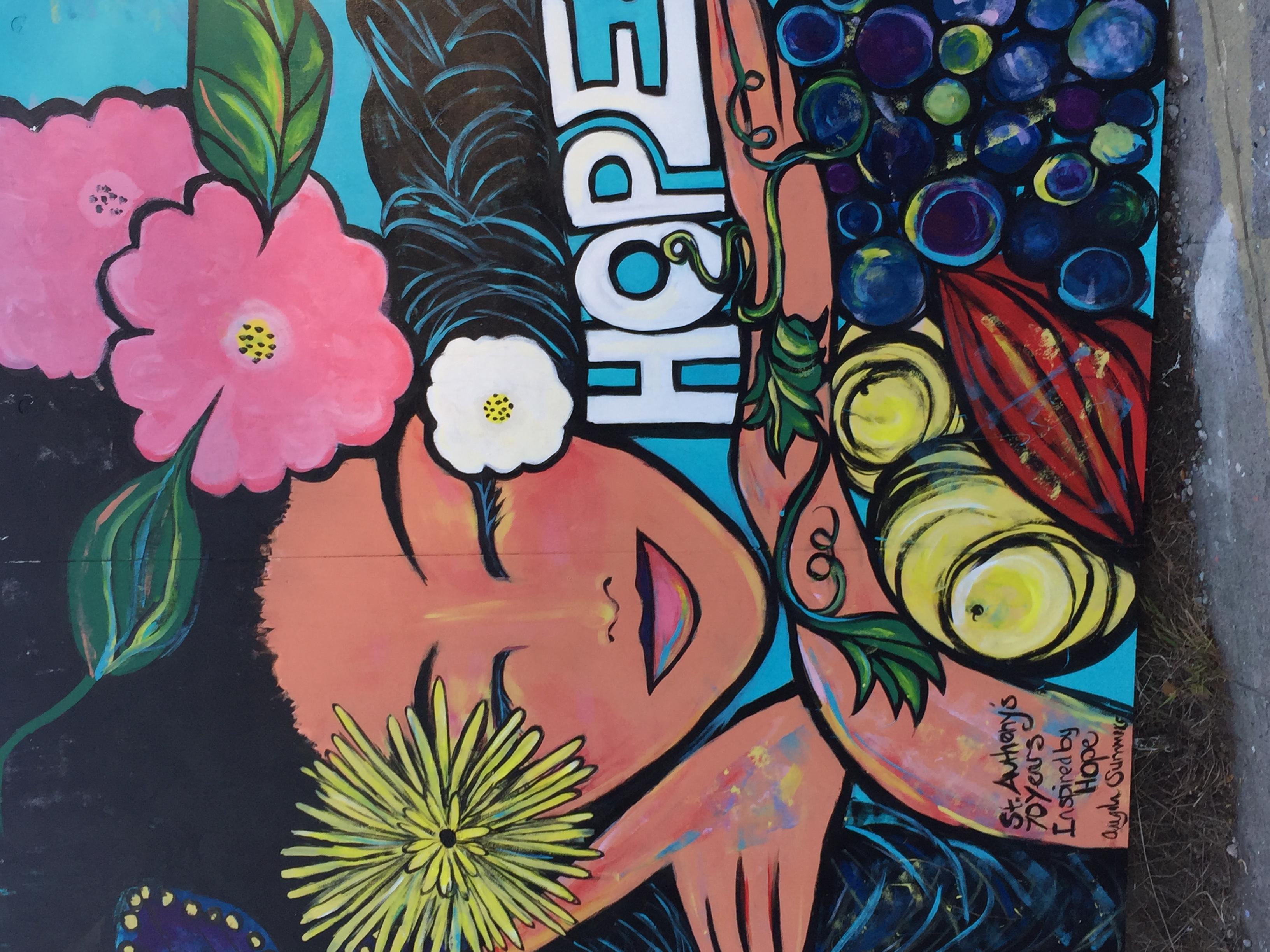
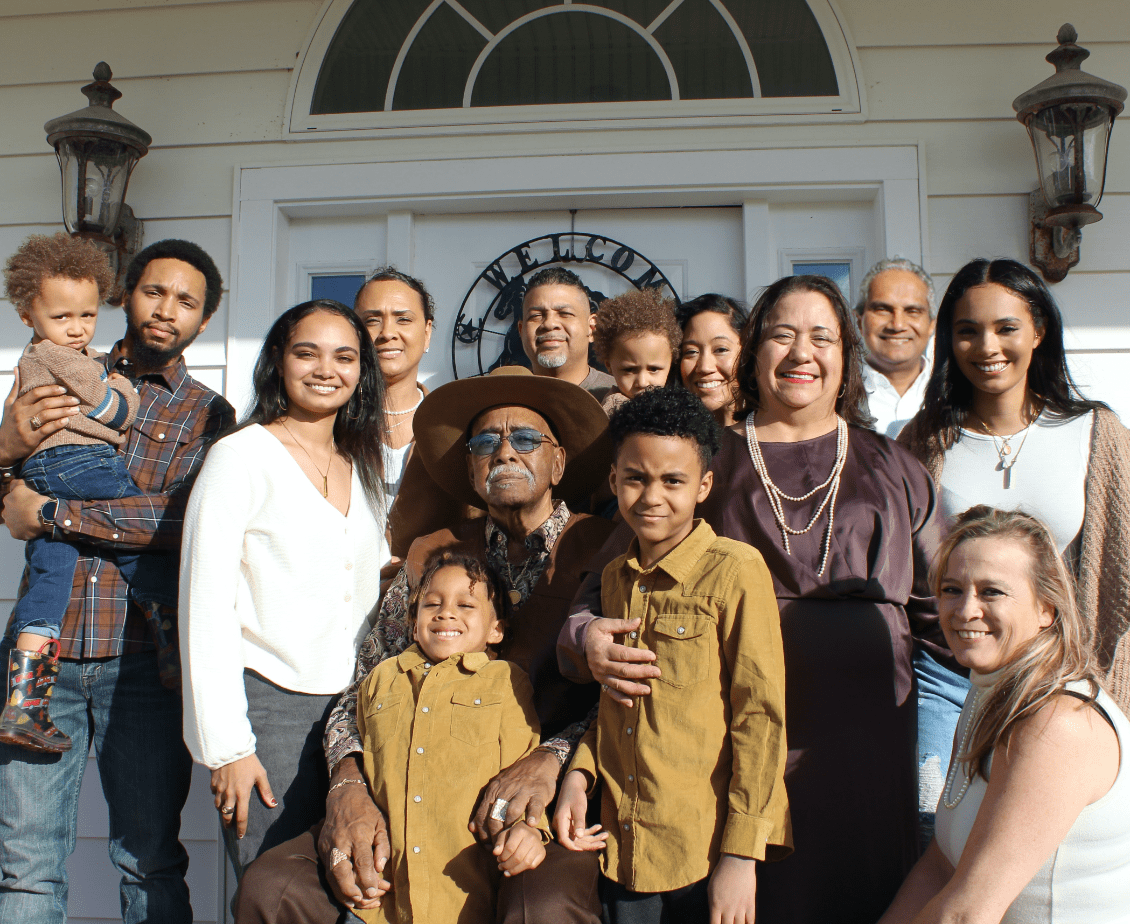
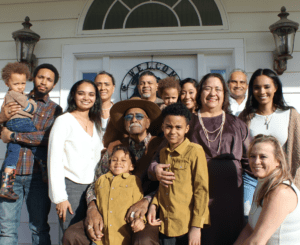 People are more generous when they feel more connected.
People are more generous when they feel more connected. 
 If I had to tell you what you need to do to succeed with major gift fundraising in one sentence it would be this:
If I had to tell you what you need to do to succeed with major gift fundraising in one sentence it would be this:

 Probably not as much as you might think.
Probably not as much as you might think.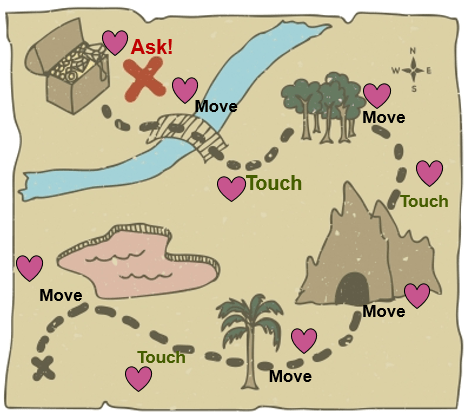

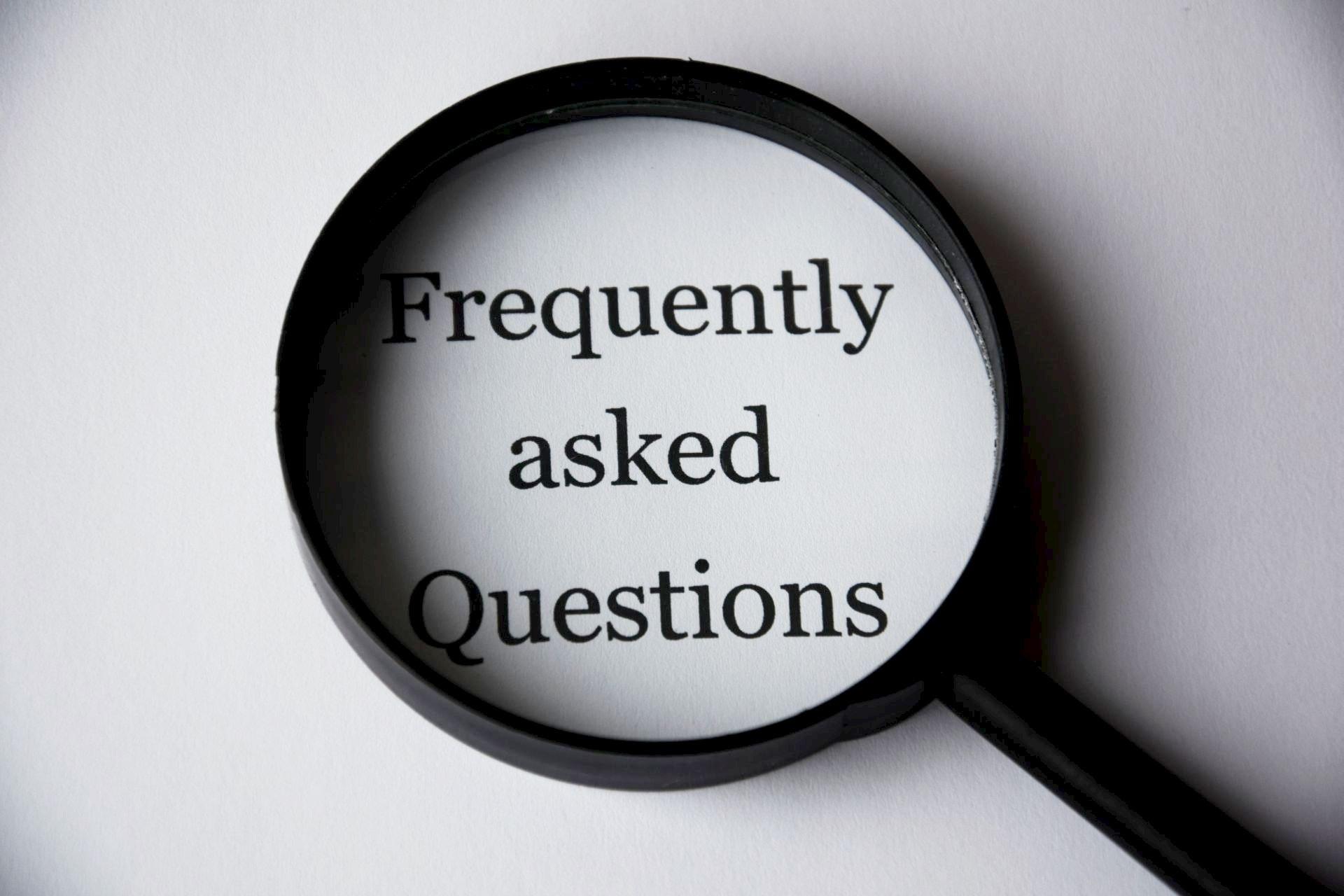
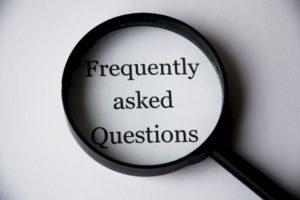 If I had to tell you what you need to do to succeed with major gift fundraising in one short paragraph it would be this:
If I had to tell you what you need to do to succeed with major gift fundraising in one short paragraph it would be this:

